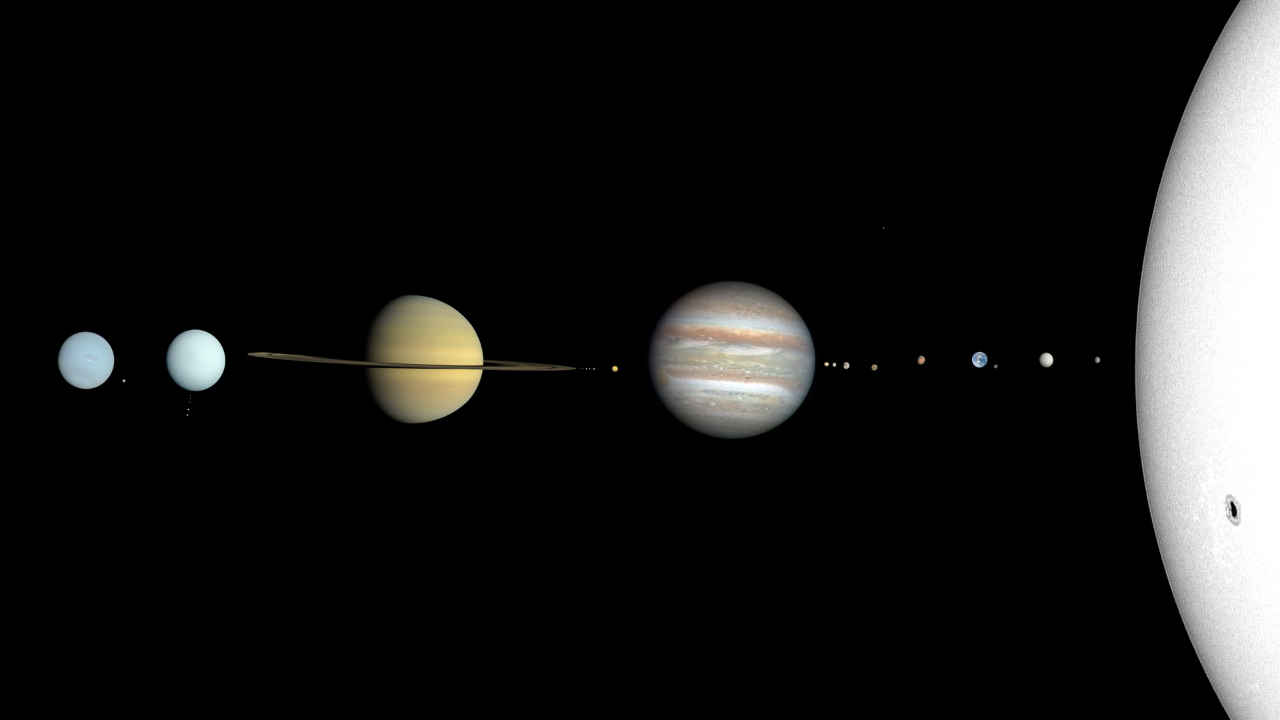Astrophiles assemble! Venus, Saturn, Jupiter, and Mars to align this Saturday: Details here

If you wish to catch this rare celestial event, then the best time is approximately 45 minutes after sunset.
To get the best view, you should try to find a dark location away from city lights.
Now in addition to these four planets will be visible to the naked eye.
If you are an astronomy fan, then you are in luck. A rare celestial event will take place tomorrow where four planets will align. And this will be visible to the naked eye, so even if you don’t have those fancy telescopes, you won’t have to miss out. Venus, Saturn, Jupiter, and Mars will align together and this display will peak on Tuesday, January 21, and Saturday, January 25, shortly after sunset. Here are all the details that you need.
When and where to watch these planets
If you wish to catch this rare celestial event, then the best time is approximately 45 minutes after sunset. Venus and Saturn will shine brightly in the southwest, while Jupiter will dominate the southeast, and Mars will glow in the east.
To get the best view, you should try to find a dark location away from city lights and look towards the southwestern horizon for an unobstructed view. The planets will remain visible for about three hours before Venus and Saturn set in the west. So there’s enough time.
Now in addition to these four planets that will be visible to the naked eye, Neptune and Uranus can also be observed with the help of a telescope. Neptune will be positioned above Venus and Saturn, while Uranus will be located above Jupiter. Mercury, however, will remain hidden.
The major highlight of this planetary parade is the closeness of Venus and Saturn. The last time these two planets were this close was on January 18. Venus, which is the second brightest object in the night sky after the moon, outshone Saturn by 110 times, creating a stunning visual spectacle. Even with the conjunction past, the two planets will continue to appear close, providing a mesmerising sight.
Lastly, the planetary parade will also be joined by a crescent moon on January 31, appearing just one degree from Saturn, and later nearing Venus on February 1.
Mustafa Khan
Mustafa is a young tech journalist who tells it like it is, cutting through buzzwords to deliver straightforward smartphone reviews. He’s the office go-to for insider tips and quick demos, and his video content doesn’t waste anyone’s time. When he’s off the clock, he geeks out over cars, photography, and hunting down the best spot for Indian food. View Full Profile




